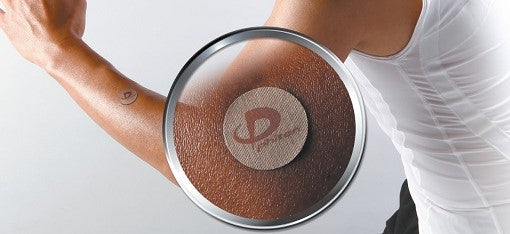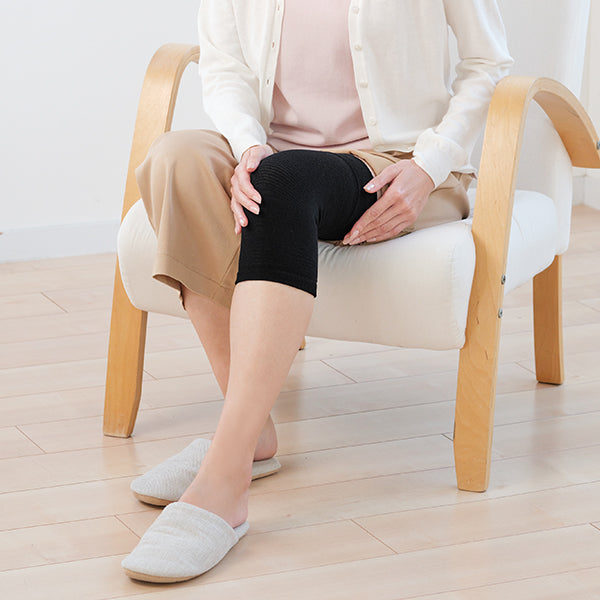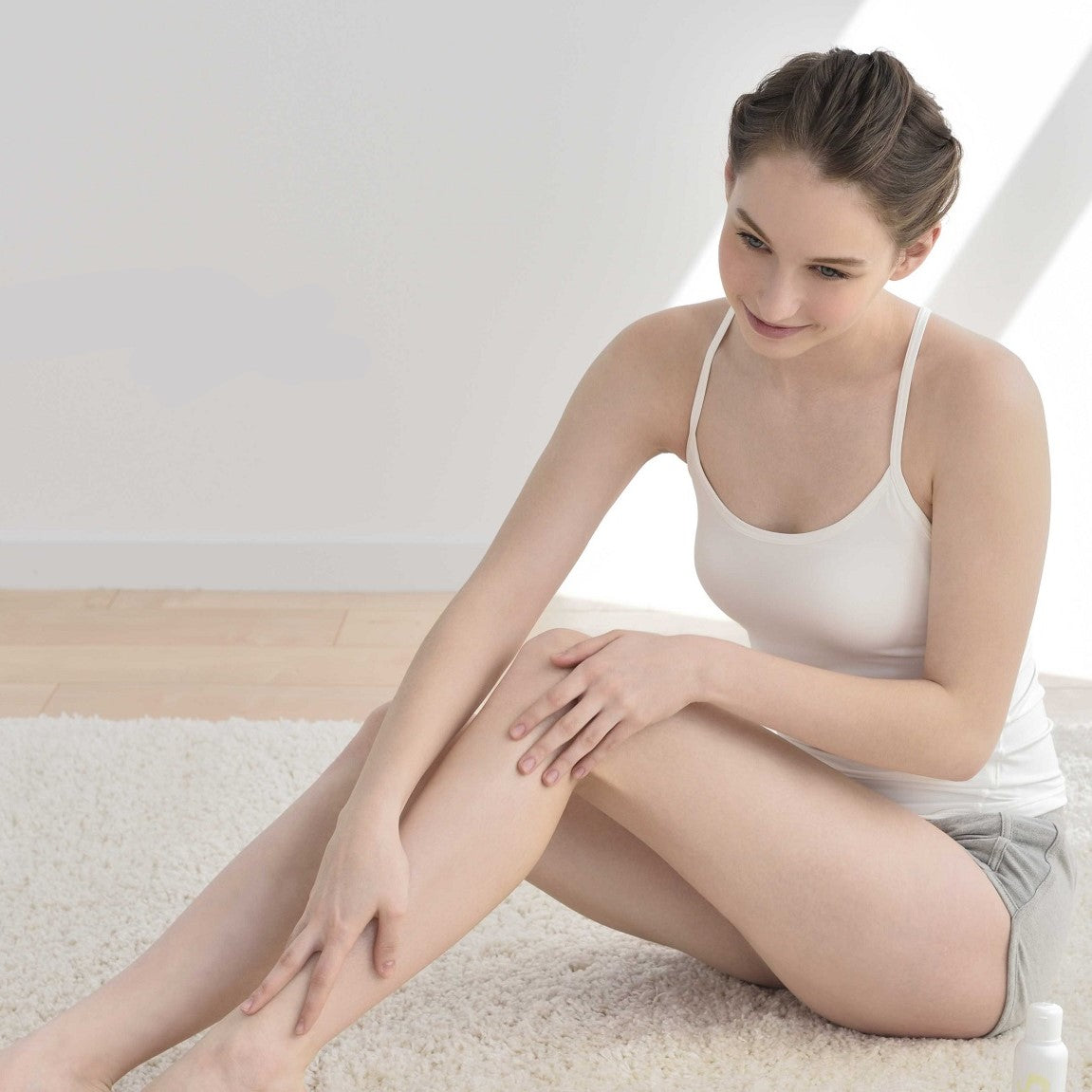Sleep Disorders Uncovered: A Path to Better Rest
Dear Valued Phiten Customers,
In this edition of our newsletter, we address a crucial health concern that many struggle with—sleep disorders. Sleep is fundamental to our well-being, yet numerous disorders can severely disrupt normal sleep patterns. Today, we're focusing on five of the most common sleep disorders, providing insight into their symptoms, causes, and treatment options.

Five Common Sleep Disorders: Identification and Management
1. Insomnia: The most prevalent sleep disorder, characterized by persistent trouble with falling asleep, staying asleep, or waking up too early.
- Symptoms: Continuous restlessness, frequent awakenings, and early morning wake-ups that prevent returning to sleep.
- Causes: Commonly triggered by stress, anxiety, lifestyle disruptions, medical conditions like depression, and poor sleep habits including irregular sleep schedules.
- Treatment Options: Behavioral approaches like Cognitive Behavioral Therapy for Insomnia (CBT-I) are first-line treatments. Sleep hygiene education helps patients modify behaviors to improve sleep environment and routines. Medications may be used as a short-term solution under medical supervision.
2. Sleep Apnea: Notable for significant breathing interruptions during sleep, leading to poor sleep quality and health risks.
- Symptoms: Intense snoring interrupted by pauses in breathing, followed by gasping or choking sounds, and severe daytime sleepiness despite seemingly adequate sleep.
- Causes: Obstructive sleep apnea occurs due to physical obstructions in the airway, such as enlarged tonsils or excess throat tissue. Central sleep apnea is less common and involves the brain's inability to properly control breathing during sleep.
- Treatment Options: Continuous Positive Airway Pressure (CPAP) machines are the standard treatment, providing air pressure to keep the airways open. Lifestyle modifications, including weight loss and avoiding alcohol before bedtime, can also help, as can dental devices or surgery in more severe cases.
3. Restless Legs Syndrome (RLS): A neurological disorder that causes an irresistible urge to move the legs.
- Symptoms: Uncomfortable sensations like itching, aching, or tingling in the legs, usually worsening during the evening or periods of inactivity.
- Causes: The exact cause is often unknown (idiopathic), but it may be associated with iron deficiency, pregnancy, and chronic conditions such as diabetes and kidney failure.
- Treatment Options: Addressing underlying conditions such as iron deficiency can alleviate symptoms. Medications that affect dopamine levels in the brain can also be effective. Lifestyle modifications like reducing caffeine and alcohol intake may help.
4. Narcolepsy: A chronic sleep disorder characterized by overwhelming daytime drowsiness and sudden attacks of sleep.
- Symptoms: Excessive daytime sleepiness, sudden loss of muscle tone (cataplexy), sleep paralysis, and hallucinations during the onset of sleep.
- Causes: Caused by a deficiency in brain chemicals, particularly hypocretin, which regulate wakefulness and REM sleep.
- Treatment Options: No cure exists, but symptoms can be managed with medication such as stimulants to reduce daytime sleepiness and antidepressants for cataplexy. Scheduled short naps can also help manage drowsiness.
5. Impact of Smartphone Use on Sleep: Increasingly recognized for its detrimental effects on sleep health across all age groups.

- Symptoms: Difficulty falling asleep, frequent awakenings, and reduced sleep quality, often leading to fatigue and decreased alertness during the day.
- Causes: Primarily due to blue light emitted from screens, which disrupts melatonin production, and mental stimulation from interacting with content.
- Treatment Options: Creating a digital curfew at least one hour before bedtime, using blue light filters or night mode on devices, and establishing a relaxing bedtime routine that excludes electronics.
Enhance Your Sleep Health: Practical Steps
To manage sleep disorders effectively, integrating lifestyle adjustments, medical treatment, and behavioral strategies is crucial. Here are additional steps to improve your sleep quality:
- Adopt a Relaxing Nighttime Routine: Engage in calming activities such as reading, gentle yoga, or listening to soothing music to prepare your body for sleep.
- Limit Exposure to Light: Dim the lights and use devices with blue light filters two hours before bedtime to help your body prepare for sleep.
- Consult Sleep Specialists: If sleep issues persist, consider consulting with a sleep specialist who can offer a tailored treatment plan and explore advanced treatment options if necessary.
We hope this guide enriches your understanding and management of common sleep disorders. Remember, improving your sleep health is a journey that may require trying various approaches to find what works best for you. If you suspect you suffer from any of these conditions, we encourage you to seek professional advice.
Stay informed, stay healthy,
Disclaimer:
Please note that the information provided in this newsletter is for educational purposes only and is not intended as a substitute for professional medical advice, diagnosis, or treatment. Always seek the advice of your physician or other qualified health providers with any questions you may have regarding a physical or mental health condition. Individual cases may vary, emphasizing the importance of personalized medical advice.







